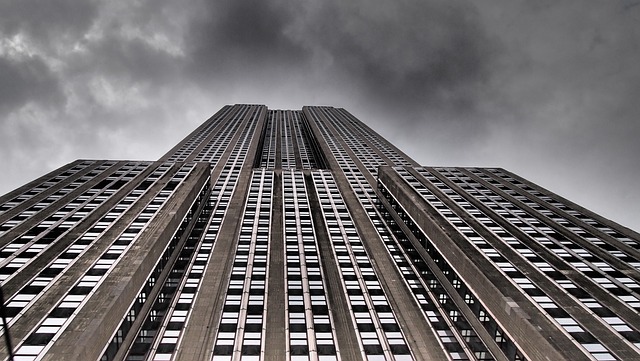
The UK Government has commenced consultation process on the Building Safety Levy proposal, which lay out details on how developers would have to pay to fix unsafe buildings.
The Department for Levelling Up, Housing and Communities has commenced the consultation with developers on the plans.
This proposal will see £3bn being collected over the next 10 years.
The consultation will be open for ten working weeks from 22 November.
Views following the consultation process will be considered before any final decisions are made in 2023.
As per the proposal, developers of residential buildings, irrespective of the building height, will be required to make the levy contribution as part of the building control process.

US Tariffs are shifting - will you react or anticipate?
Don’t let policy changes catch you off guard. Stay proactive with real-time data and expert analysis.
By GlobalDataIt implies that unless the levy is paid, a developer will not be able to advance to the next phase of the building process, which could inevitably lead to project delays and even impact revenues.
Minister for Local Government and Building Safety Lee Rowley said: “We have been clear that developers must pay to fix building safety issues and the Building Safety Levy is an important part of making that a reality.”
The proposal features an option to change the levy rates based on where in the country the building is located. Lower rates could be levies in areas where land and house prices are less expensive. In such cases, local authorities will be best placed to serve as the collection agents given that they have the required systems, data, knowledge, and relationships in place.
It is also proposed that affordable homes may be exempt from a levy charge. This is alongside several community buildings, including NHS facilities, children’s homes and refuges.
The Building Safety Levy will operate alongside the developer pledge which were announced earlier this year.
As per the pledge, 49 biggest developers in the country committed to fix critical fire-safety defects in buildings over 11 metres where they had a role in developing them in the last three decades. This pledge amounts to a commitment of a minimum £2bn.
The Building Safety Levy was first announced in February 2021. The plan to extend it to include all residential buildings was confirmed in April 2022.
———————————————————————————————————
Image: Developers of residential buildings, irrespective of the building height, will be required to make the levy contribution as part of the building control process. Credit: Andreas H. from Pixabay.



